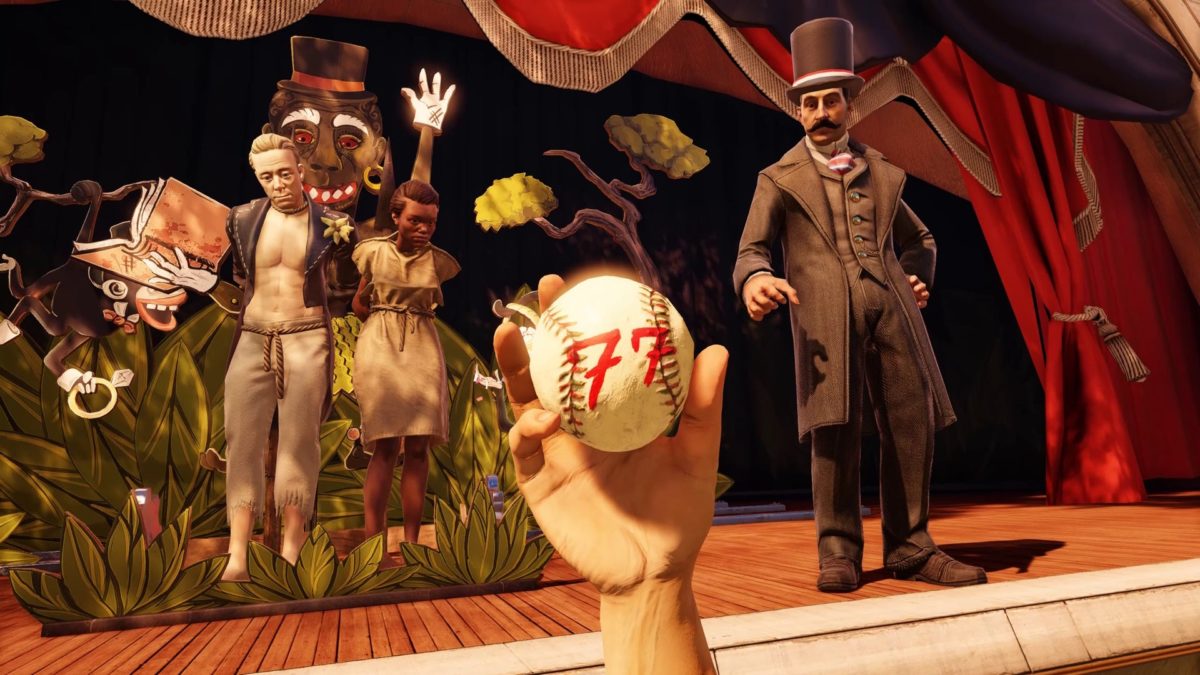The archetypical bullet hell shooter — think Ikaruga or TwinBee — are top-down, two-dimensional aerial battlefields locked on an infinite vertical scroll. One daring spaceship or fighter jet must evade a wild morass of spherical, slow-moving projectiles, while destroying an armada of puny, fragile interceptors. In that sense, Luna Abyss deviates from the established tradition in some fascinating ways. This is a first-person shooter that cribs liberally from the quarter-eating cabinets of yore; your field of view billows up with floating bullets, but unlike Halo or Call of Duty, you’re not expected to duck behind cover in order to survive. Instead, in Luna Abyss, players will be squeezing through the slight crevices in between the shells in the same way you might slip through the empty space in an Enter The Gungeon shotgun blast. It’s a wild idea, and after a brief demo, there’s a chance Luna Abyss sticks the landing.
Luna Abyss dunks you headfirst into a world gone horribly wrong. You’ll take control of some sort of human-like creature named Fawkes, who has awoken — yes — with amnesia in an alien setting. The terrain evokes the inhospitable machine cities of the Matrix films; composed of slithering mechanical coils, glossy obsidian stones, and oppressive neon floodlights. In fact, almost every square inch of Luna Abyss is sheathed in black, red, and white. Fawkes will navigate a few primitive jumping puzzles before stumbling upon their first firearm — an introductory pea-shooter buoyed by no ammunition and a liberal overheat timer. Soon enough, you’ll also discover that you don’t need to do much aiming with your arsenal. The left click automatically locks on to any unlucky target in proximity with your crosshairs, quickly reducing them to dust.
This is the primary way Luna Abyss distinguishes itself from other shooters. The combat encounters aren’t structured around reflexes and mouse dexterity; you’re guaranteed to land clean, powerful shots on anyone inhabiting your field of view. With those responsibilities accounted for, you’ll spend most of your time with Luna Abyss strafing around the map, which is important, because the enemies you’ll encounter have the means of emitting ungodly barrages of plasma missiles. This is where Luna Abyss lays its bullet hell DNA bare. All of the isometric bobbing and weaving you did on a flat arcade screen must now be adapted to a fully 3D environment; victories and defeats start with your footwork, rather than the location of your cursor. It’s a brand new way to play an FPS, and once you get the rhythm down, Luna Abyss has a way of getting under your skin.
The best example of this dynamic is the single boss fight I encountered in the demo. I faced off against a monstrosity who was capable of unleashing a psychedelic spiral of lethal orbs. It almost felt like I was engaged in a Star Fox showdown; you need to identify the few safe spots on the floor, while slowly chipping away at their health bar. You get the sense that Luna Abyss is barely scratching the surface of the various ways it can torture us. I would not be surprised if, after a few more levels, this is a video game that gets very, very difficult.
Towards the end of my run, Fawkes discovered a brand new weapon. It works like a slow, punchy railgun, and has the capacity to obliterate the luminous plasma shields bubbling certain enemies. This added a new wrinkle to the arenas; you blow away a target’s protection before quickly mousewheeling to the machine gun in order to finish them off. (If you are a veteran of the Halo 2 plasma pistol/battle rifle combo, you’ll be right at home.) This was a promising sign that Luna Abyss will continue to find interesting ways to augment its formula the more we sink our teeth into it. I also hope the deliberate pacing of its storytelling picks up. Developer Bonsai Collective has cooked up a memorably nauseating realm, but thus far, I’m only learning more about its specifics through text logs and elliptical conversations with the occasional Dark Souls-ish NPC. I’m enjoying the sights, but I can’t quite say I’m immersed.
Then again, demos are supposed to be a small glimpse of a much bigger picture. And from everything I’ve played, I’d be shocked if Luna Abyss doesn’t have a few more tricks up its sleeve.



